Why India and Pakistan Have Been Fighting for Over 75 Years
Nidhi | May 08, 2025, 23:38 IST

( Image credit : Times Life Bureau )
Since 1947, India and Pakistan have fought wars, traded blame, and held uneasy peace talks — mostly over Kashmir. This article breaks down the historical, political, and military roots of the conflict, starting with Partition, Maharaja Hari Singh’s accession, the plebiscite debate, Pakistan’s infiltration, and the rise of insurgency. Backed by documented facts and grounded analysis, it shows why this 75-year-old conflict remains unresolved.
When India and Pakistan were born in August 1947, they did not simply emerge as two sovereign nations. They were carved out of the same body—one torn by trauma, division, and over a million lives lost to violence. Families were split across borders that didn’t exist a month before. The Punjab and Bengal burned with fire and blood. And while the newly formed governments in Delhi and Karachi tried to stabilize their newborn states, a third, unresolved story was already unraveling in the mountains of Kashmir.
That unresolved story has become the longest-running conflict in South Asia. It is not just a border dispute. It is a legacy of rushed decisions, strategic errors, betrayal, and an unfinished page of history. 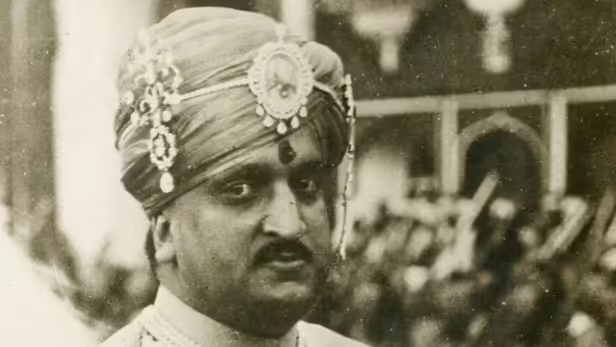
Maharaja Hari Singh, the Hindu ruler of the princely state of Jammu and Kashmir, found himself at a crossroads during Partition. His state had a majority Muslim population, yet he was under no constitutional obligation to join either India or Pakistan. Like many rulers, he initially chose to stay independent—hoping to maintain Kashmir as a sovereign, neutral kingdom.
But the hope of independence was short-lived.
On October 22, 1947, thousands of tribal raiders from Pakistan’s North-West Frontier Province—trained, armed, and sent by Pakistan’s army under Operation Gulmarg—invaded Kashmir. Their objective was to forcibly annex the state before it could accede to India.
The attackers looted, raped, and burned their way through Baramulla, advancing toward Srinagar. Hari Singh fled the capital, and seeing no other option, requested help from India. 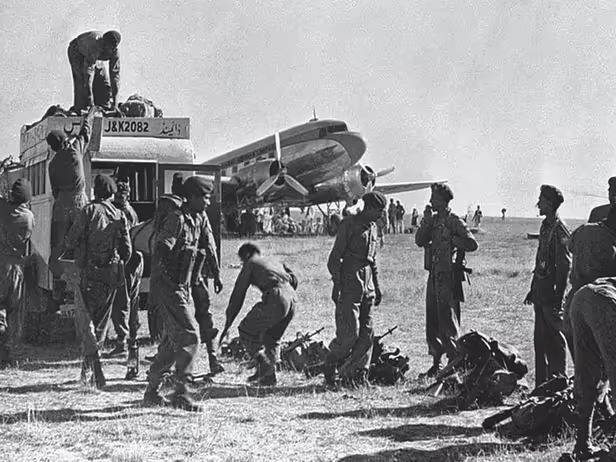
India agreed to send military assistance—but only after a legal Instrument of Accession was signed. On October 26, 1947, Hari Singh formally acceded to India, handing over control of defense, foreign affairs, and communications—the same limited powers other princely states had signed over.
On October 27, Indian troops were airlifted to Srinagar and pushed the raiders back. The accession was complete, constitutional, and ratified by India’s Constituent Assembly. But Pakistan refused to recognize it. India, seeking peace, referred the matter to the United Nations in January 1948. The UN Commission for India and Pakistan (UNCIP) proposed a three-step resolution:
Pakistan never withdrew its troops. Instead, it began administering the occupied region as Pakistan-occupied Kashmir (PoK) and continued to interfere in Kashmir’s internal affairs.
There is well-documented evidence and credible historical accounts that:
This violated the core principles of a free and fair plebiscite, which was meant to reflect the will of Kashmir’s original residents, not settlers from across the border.
Even beyond Pakistan’s violations, the plebiscite was plagued by practical and moral questions:
Eventually, India concluded that Pakistan’s aggression and sabotage nullified the resolution’s intent. 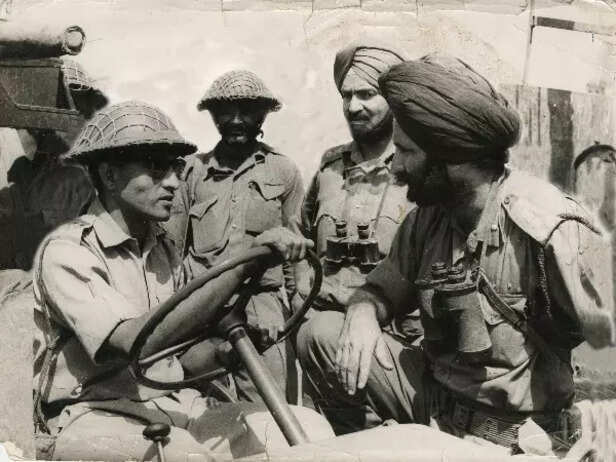
In 1965, Pakistan launched Operation Gibraltar, infiltrating thousands of disguised soldiers into Indian-administered Kashmir to incite a local rebellion. The assumption was that the Kashmiri people would rise up against India.
They didn’t.
Instead, local Kashmiris alerted Indian authorities. The infiltrators were caught, and India launched a full-scale military response, crossing the international border and advancing toward Lahore and Sialkot.
The war ended in a ceasefire brokered by the Soviet Union through the Tashkent Agreement in January 1966. While both sides returned to pre-war positions, the war was a strategic victory for India, proving that Kashmir would not fall through covert warfare.  The Indo-Pak war of 1971 was centered on East Pakistan’s independence struggle, but it permanently altered the India-Pakistan dynamic.
The Indo-Pak war of 1971 was centered on East Pakistan’s independence struggle, but it permanently altered the India-Pakistan dynamic.
Pakistan’s claim to Kashmir was diplomatically weakened. In 1989, Kashmir witnessed the rise of Pakistan-backed militancy, masked as a local freedom movement. India maintains that:
Pakistani troops again infiltrated Indian territory in Kargil. India launched Operation Vijay and recaptured all positions. The world condemned Pakistan’s betrayal of the Lahore Declaration, signed just months before.
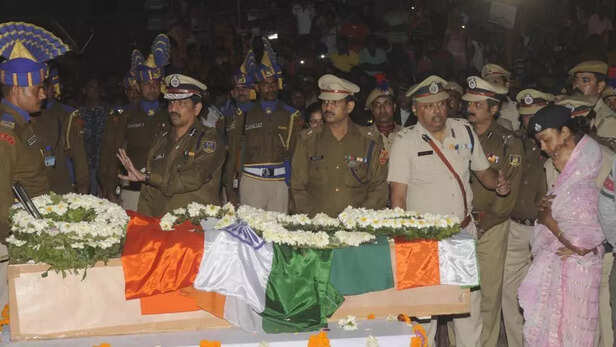
India declared that Kashmir was no longer a “dispute,” but a settled constitutional matter. India and Pakistan have fought multiple wars, signed bilateral agreements, and engaged in periods of both dialogue and confrontation since 1947. Yet the Kashmir dispute remains unresolved, shaped by the legacy of Partition, the decisions of princely rulers, and decades of conflict, mistrust, and differing national narratives.
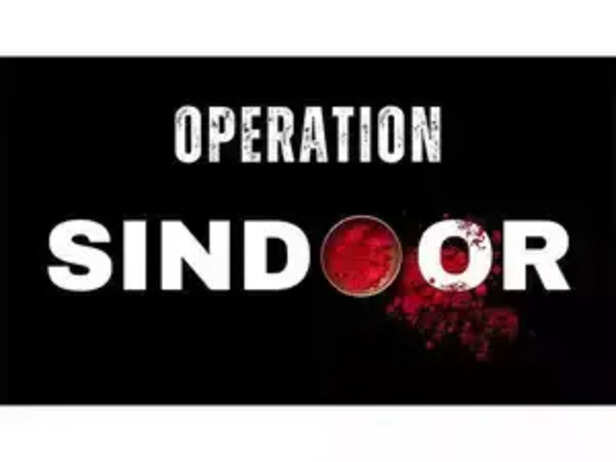
This enduring tension continues to play out in both diplomacy and on the ground. On April 22, 2025, a terror attack in Pahalgam’s Baisaran Valley claimed the lives of 26 civilians and injured 20 others, targeting tourists in what Indian authorities attributed to militants linked to Pakistan-based groups. In retaliation, India launched Operation Sindoor on May 7, conducting precision airstrikes on nine terror camps across Pakistan and Pakistan-occupied Kashmir (PoK), including camps associated with Lashkar-e-Taiba and Jaish-e-Mohammed.
Incidents like these reflect how unresolved issues—combined with terrorism, cross-border militancy, and strategic responses—continue to escalate tensions between the two nuclear-armed neighbors. A peaceful resolution will depend not only on historical understanding and legal clarity but also on stability, counterterror cooperation, and a renewed commitment to bilateral engagement in a highly volatile region.
Explore the latest trends and tips in Health & Fitness, Travel, Life Hacks, Fashion & Beauty, and Relationships at Times Life!
That unresolved story has become the longest-running conflict in South Asia. It is not just a border dispute. It is a legacy of rushed decisions, strategic errors, betrayal, and an unfinished page of history.
I. 1947 – A Maharaja’s Dilemma: Stay Independent or Join a Union

Maharaja Hari Singh
( Image credit : Times Life Bureau )
Hari Singh’s Hope for Independence
But the hope of independence was short-lived.
The Invasion That Forced a Decision
The attackers looted, raped, and burned their way through Baramulla, advancing toward Srinagar. Hari Singh fled the capital, and seeing no other option, requested help from India.
II. The Instrument of Accession: Legal and Conditional

1948 War
( Image credit : Times Life Bureau )
India agreed to send military assistance—but only after a legal Instrument of Accession was signed. On October 26, 1947, Hari Singh formally acceded to India, handing over control of defense, foreign affairs, and communications—the same limited powers other princely states had signed over.
On October 27, Indian troops were airlifted to Srinagar and pushed the raiders back. The accession was complete, constitutional, and ratified by India’s Constituent Assembly. But Pakistan refused to recognize it.
III. The Plebiscite: A Promise That Died in Its Cradle
The UN Resolution and Its Conditions
- Pakistan must withdraw all its forces (tribal and regular) from Jammu & Kashmir.
- India would then reduce its military presence.
- A plebiscite (vote) would be held to determine the state’s future.
Pakistan Violated the First Condition
Demographic Manipulation in PoK
- Pakistan moved thousands of Muslim settlers from its Punjab and NWFP regions into PoK.
- This action aimed to alter the demographic composition of the area in case a plebiscite was held.
- The original residents of Kashmir were either displaced, silenced, or excluded from the process.
Legal and Ethical Loopholes
- Would Kashmiri Pandits, who were native to the Valley but a religious minority, be allowed to vote?
- Would Gilgit-Baltistan, forcibly taken over by Pakistan-backed forces, be part of the plebiscite?
- Could a fair vote be held under Pakistani military and insurgent presence?
IV. The 1965 War: Operation Gibraltar and India’s Resolve

1965 Ind vs Pak
( Image credit : Times Life Bureau )
Pakistan’s Infiltration Strategy
They didn’t.
Instead, local Kashmiris alerted Indian authorities. The infiltrators were caught, and India launched a full-scale military response, crossing the international border and advancing toward Lahore and Sialkot.
Tashkent Agreement and Aftermath
V. The 1971 War: A Shift in the Subcontinent

1971 war
( Image credit : Times Life Bureau )
- India supported Bengali nationalists in East Pakistan.
- Over 90,000 Pakistani troops surrendered, and Bangladesh was born.
- The Simla Agreement (1972) signed by Indira Gandhi and Zulfikar Ali Bhutto declared that Kashmir and other disputes would be resolved bilaterally, ending any international role.
VI. Insurgency, Terror, and the Proxy War Era (1989 Onward)
Rise of Armed Militancy
- The insurgency was armed, trained, and financed by Pakistan’s ISI.
- Radical Islamic groups like Lashkar-e-Taiba and Hizbul Mujahideen turned Kashmir into a battleground.
- Kashmiri Pandits were forced to flee, targeted in a campaign of violence and ethnic cleansing.
Kargil War – 1999
VII. The Modern Era: From Balakot to Article 370

Pulwama Attack
( Image credit : Times Life Bureau )
- In 2019, the Pulwama suicide bombing by a Jaish-e-Mohammed terrorist led to Indian airstrikes in Balakot, deep inside Pakistan—a bold shift in India's counter-terror doctrine.
- Later that year, India revoked Article 370, removing Jammu & Kashmir’s special status and integrating it fully into the Indian Union. Pakistan protested internationally, but found little support.
A Legacy of Partition and Escalating Flashpoints

Operation Sindoor
( Image credit : Times Life Bureau )
This enduring tension continues to play out in both diplomacy and on the ground. On April 22, 2025, a terror attack in Pahalgam’s Baisaran Valley claimed the lives of 26 civilians and injured 20 others, targeting tourists in what Indian authorities attributed to militants linked to Pakistan-based groups. In retaliation, India launched Operation Sindoor on May 7, conducting precision airstrikes on nine terror camps across Pakistan and Pakistan-occupied Kashmir (PoK), including camps associated with Lashkar-e-Taiba and Jaish-e-Mohammed.
Incidents like these reflect how unresolved issues—combined with terrorism, cross-border militancy, and strategic responses—continue to escalate tensions between the two nuclear-armed neighbors. A peaceful resolution will depend not only on historical understanding and legal clarity but also on stability, counterterror cooperation, and a renewed commitment to bilateral engagement in a highly volatile region.
Explore the latest trends and tips in Health & Fitness, Travel, Life Hacks, Fashion & Beauty, and Relationships at Times Life!
